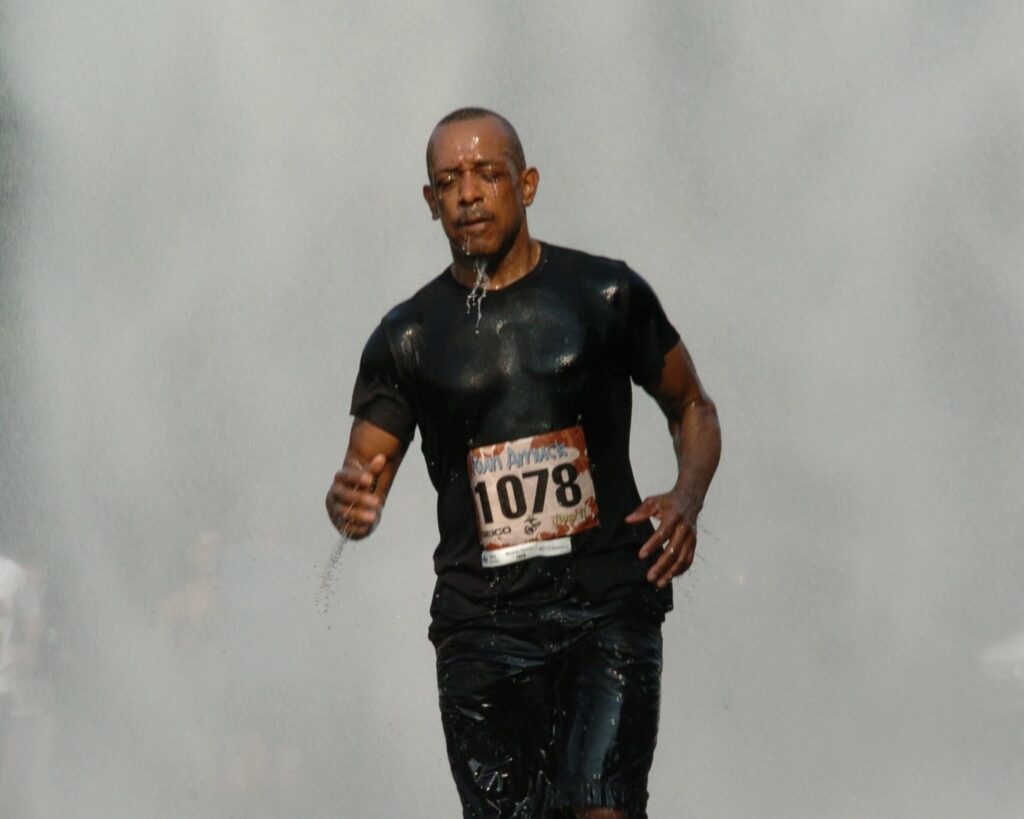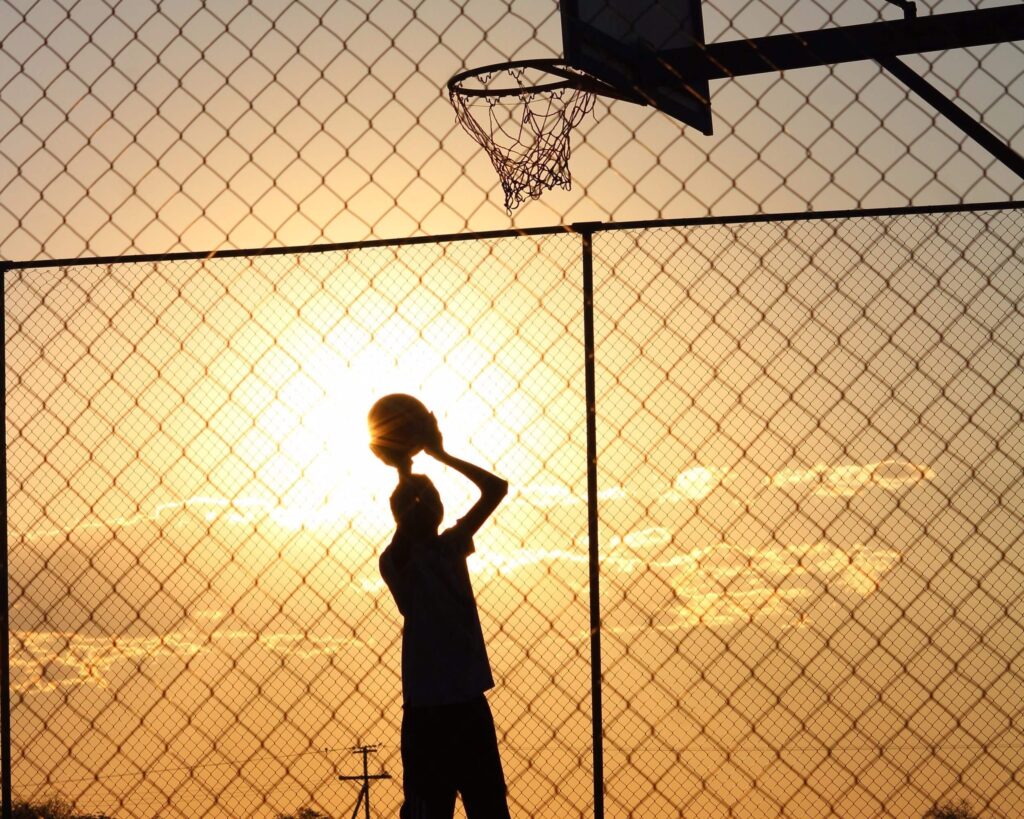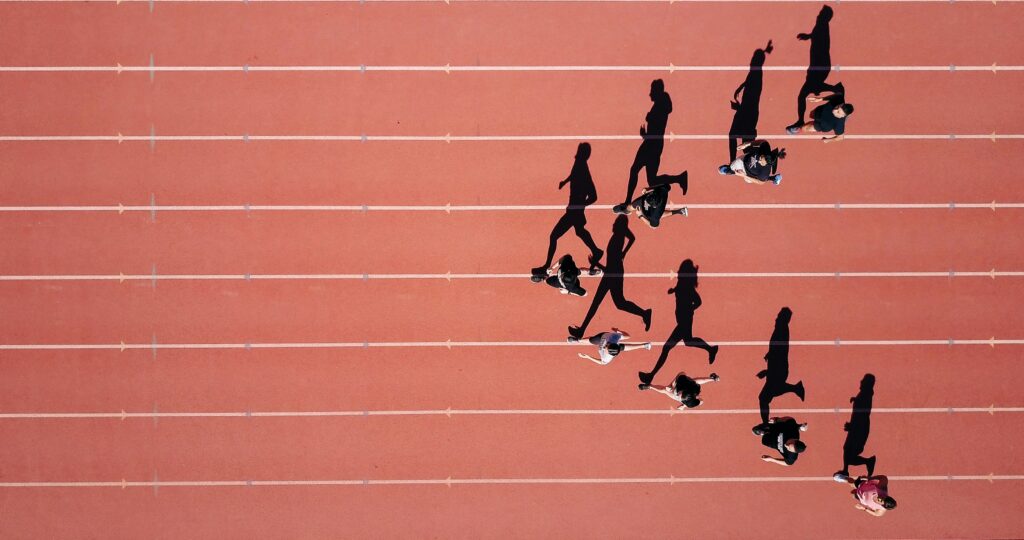The environment we live, train or work in can have positive as well as adverse effects on our health and well-being and, of course, on our performance in a sport as an athlete. Environmental factors—like the temperature, air quality, humidity, allergens, the pollutants present in the air and water, and so on—all contribute to our overall sense of well-being in one way or another. Athletes especially need to pay close attention to these factorsas they have the potential to negatively affect their performance, particularly closer to the date of a competition. When athletes travel to different locations for competitions, they can be inadvertently exposed to unknown stressors that can affect them both physiologically and psychologically.

Highlights
- Common environmental stressors—like altitude, airborne pollutants, heat, water, the time and location as well as cold conditions—contribute to our overall sense of well-being in one way or another, especially for athletes,
- One can use a variety of strategies to combat the adverse effects of these stressors.
Today, we will explore some of the common environmental stressors—such as altitude, airborne pollutants, heat, water, the time and location as well as cold conditions—and broadly look at the strategies that mitigate the effects of these stressors.
Environmental stressors
Altitude
There are short- and long-term effects of training at high altitudes without proper acclimatization. Athletes may risk developing acute high-altitude illness (or AHAI), hypoxemia, decrease in cognitive and motor/sensory function, reduced VO2max (which refers to “the maximum amount of oxygen that an individual can utilize during intense or maximal exercise”) and, in rare cases, HAPE (high-altitude pulmonary edema), which can be life-threatening. Rapid ascent during certain sporting events may cause altitude illness which can result in a multitude of symptoms.
Airborne pollutants
A study conducted in 2013 by the World Health Organization showed that short and long-term exposure to PM2.5 (meaning “particulate matter” [pollutant] that is 2.5 microns or smaller), short-duration exposure to particles from combustion and nitrogen dioxide exposure has adverse effects on health and can cause physiological changes as well as affect mortality.
Heat
Physical performance is significantly impacted in hot and humid conditions as the body cannot sufficiently regulate the body temperature and meet the increased nutritional demand. Athletes are also at risk of dehydration and heat stroke. Hyperthermia (meaning abnormally high body temperature) increases physiological strain and results in considerable decrease in exercise performance, leading to exhaustion. New research is coming to light that shows how hyperthermia directly affects brain function.
Water
Indoor swimming pools are prone to contaminants if proper measures are not taken for maintenance. Chloramines are formed when dirt, sweat and urine (which has compounds containing nitrogen) react with chlorine. Nitrogen trichloride (NCl3) is a common chloramine that is found in the air in a pool environment. It is an irritant and can cause acute disruption of the airway epithelium (which is “a type of body tissue that forms the covering on all internal and external surfaces of the body, lines body cavities and hollow organs and is the major tissue in glands”). In swimmers, the increased numbers of loose epithelial cells in baseline-induced sputum samples is consistent with chloramines-induced injury to the epithelial cells.
Time and location
Athletes using sporting fields that are in close proximity to major roadways risk exposure to pollutants through traffic emissions. Exercise should be avoided in areas where PM levels exceed the standards set by environmental agencies as well as during evening time in urban areas, when pollution levels due to traffic are generally high. Changing time zones while travelling for competitions affects physiological functions, sleep, appetite and digestion.
Cold
Intense exercise in a cold place can cause injury to the airway epithelium. Elite athletes, especially endurance athletes, who are exposed to airborne pollutants are at risk of airway dysfunction and damage that could lead to airway hyperresponsiveness (or AHR).
Inhalation of cold air or noxious agents such as chloramines or airborne pollutants pose an extra challenge to the airway, as they can directly interfere with the epithelial cells. Due to the fact that cold air is always dry, inhaling the same can increase dehydration in the airway.
Strategies to combat the adverse effects of these stressors
Here below we discuss some methods you can try to circumvent the ill effects of the following stressors.
Altitude
- Acclimatize to high altitude by beginning training at the location of the event, two weeks before it is supposed to happen.
- Supplement your diet with vitamin C and iron.
- Use hypoxic tents to simulate oxygen concentration of 15 percent at an altitude of 2500 metres.
Airborne pollutants
- Antioxidant supplementation is generally recommended as complementary therapy for athletes exposed to air pollutants. This is due to the fact that pollutant-induced bronchoconstriction (meaning “a condition in which the smooth muscles of the bronchus contracts”) causes oxidative stress. Short-term supplementation with antioxidants like vitamins C and E has been shown to reduce airway oxidative stress and epithelial disruption induced by high-level exercise in hot, humid and ozone-polluted environments in runners.

Heat
- Acclimatization training sessions lasting 40–60 minutes should be carried out in the same environment in which the athletes compete. These sessions should ideally last two weeks to gauge lasting adaptation. This is especially relevant for women athletes as they need more time to reduce cardiovascular and thermal stress.
- Additionally, athletes must follow adequate hydration strategies for thermoregulation during exercise. In the hour before the event, it is advised to drink 500 ml of fluids with mineral salts. Through the course of the event, athletes must hydrate to decrease cardiovascular stress and maintain performance.
Water
- Experimental data suggests that if the nitrogen chloride (NCl3) concentration is below 0.3 milligrams per cubic metre, no short-term changes in lung function or airway epithelial permeability are observed in swimmers. It is therefore advisable that appropriate hygiene measures and ventilation systems are set in place to maintain NCl3 below this threshold at all times.
- It is advisable to maintain hygiene by washing your body with soap before entering the pool, using a swimming cap, wearing swimwear particularly meant for use in the water, respecting no-shoe zones and removing make-up and other cosmetics.
- Adequate ventilation (i.e. a flow rate of fresh air of at least 60 cubic metres per hour) should be maintained to reduce the concentration of chloramines accumulated in the air above the pool water. Additionally, the ventilation equipment must be regularly serviced and maintained.
Cold
- Dehydration stress as well as exposure to noxious agents are factors in the development of airway injury. Therefore, prevention strategies such as the use of HME (heat and moisture exchanger) devices during training in cold environments may be used.
Time and location
- It would be ideal for athletes to train early in the morning when pollutants are low.
- Athletes are advised to train in natural environments which are known to reduce stress, help individuals recover quicker from stressful events, improve cognitive function and, overall, enhance performance.
Conclusion
The effects of environmental factors, especially in sport, need to be given more attention and studied. Environmental effects often take a backseat as athletes focus more on training and don’t pay any heed to them until they start seeing issues with their health. Physiological issues because of environmental factors lead to stress and put a strain on mental health as well. It’s important to have acclimatization protocols in place when training or competing at foreign locations. Authorities organizing sporting events should be mindful of pollution levels where an event is being held. Since there is little awareness and practice, it falls on individual athletes and coaches to have proper protocols in place for training.
Disclaimer: The contents of this article are for general information and educational purposes only. It neither provides any medical advice nor intends to substitute professional medical opinion on the treatment, diagnosis, prevention or alleviation of any disease, disorder or disability. Always consult with your doctor or qualified healthcare professional about your health condition and/or concerns and before undertaking a new healthcare regimen including making any dietary or lifestyle changes.
References
- Athletes at High Altitude. The spirit of sport, morality, and hypoxic tents: logic and authenticity
- Multiple triggers for hyperthermic fatigue and exhaustion
- Respiratory health of elite athletes – preventing airway injury: a critical review
- J.A. Mee, O.R. Gibson et al. A comparison of males and females’ temporal patterning to short- and long-term heat acclimation








